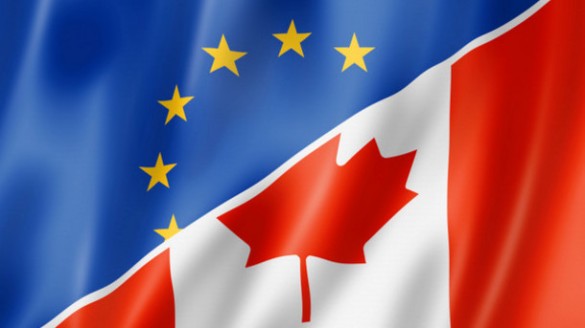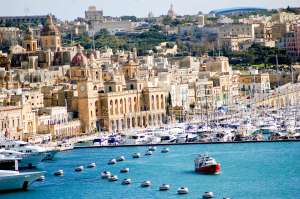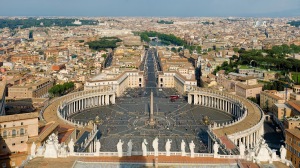The EU and Canada signed the comprehensive economic and trade agreement, known as Ceta, paving the way for most import duties to be removed early next year. However, the treaty needs the approval of at least 38 national and regional parliaments, including the UK’s, to take full force.

Supporters of Ceta say it will increase Canadian-EU trade by 20% and boost the EU economy by €12bn (£10.9bn) a year and Canada’s by C$12bn (£7.4bn). Canadian PM Justin Trudeau said consumers and businesses would immediately feel the benefits.
With free trade under attack from populist movements and anti-globalisation campaigners, the deal reduces Canada’s reliance on the US and gives the EU a first trade pact with a G7 economy when its credibility has taken a knock from Britain’s decision to leave.
In spite of protests against free trade, we have to acknowledge that it brings its positive results. For example, if you take North American Free Trade Agreement (NAFTA). Here are some facts from the U.S. Chamber of Commerce you don’t often hear about NAFTA:
– Exports from U.S. service industries to Mexico and Canada tripled from 1993 to 2011
– U.S. agriculture exports rose by 258 percent to Canada and 408 percent to Mexico during the same period.
– About one-third of all U.S. merchandise exports are bought by those two countries.
– And, the jobs that Mexico has gained from NAFTA often depend on supplies from U.S. manufacturers. It’s been estimated that about $36,000 is generated annually for every American factory worker through Mexican and Canadian purchases of U.S. goods.
Trans-Pacific Partnership (TPP) and CETA are waiting their turn and chance as well.



